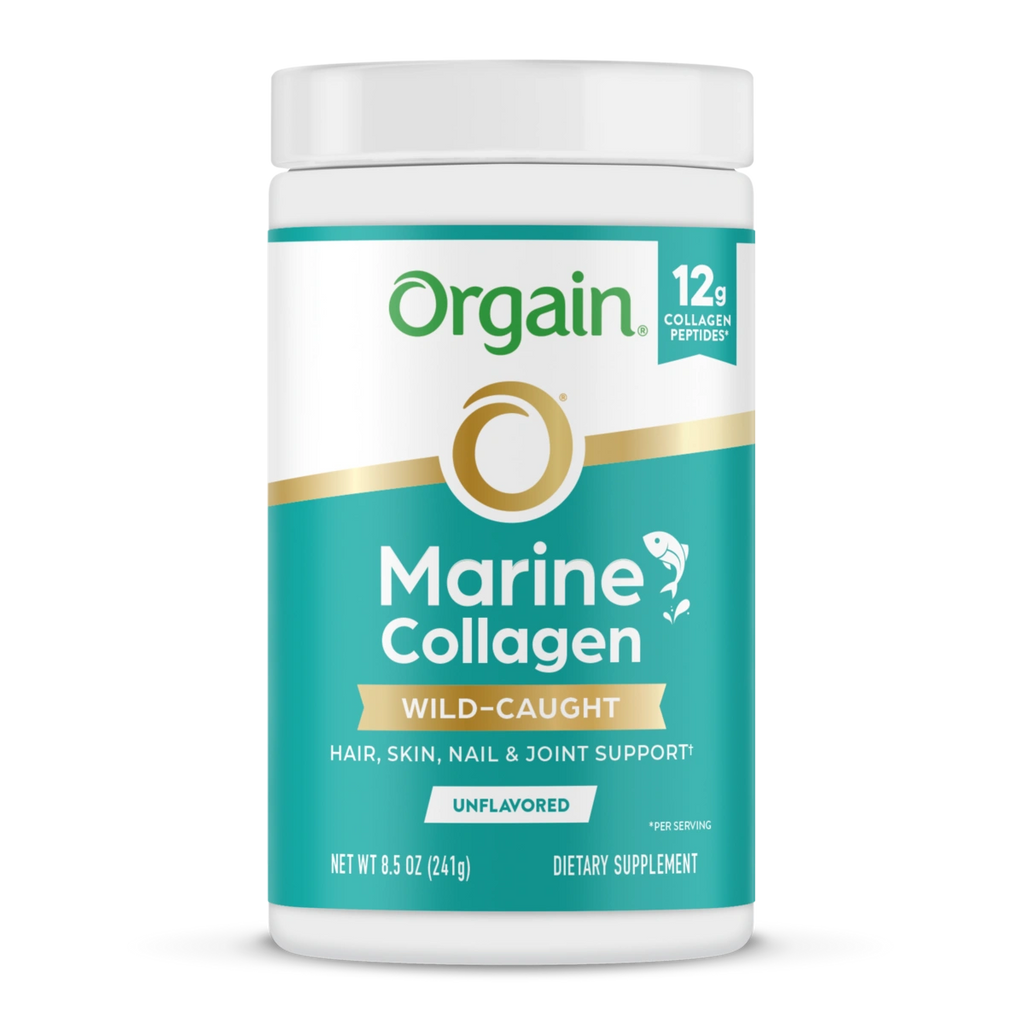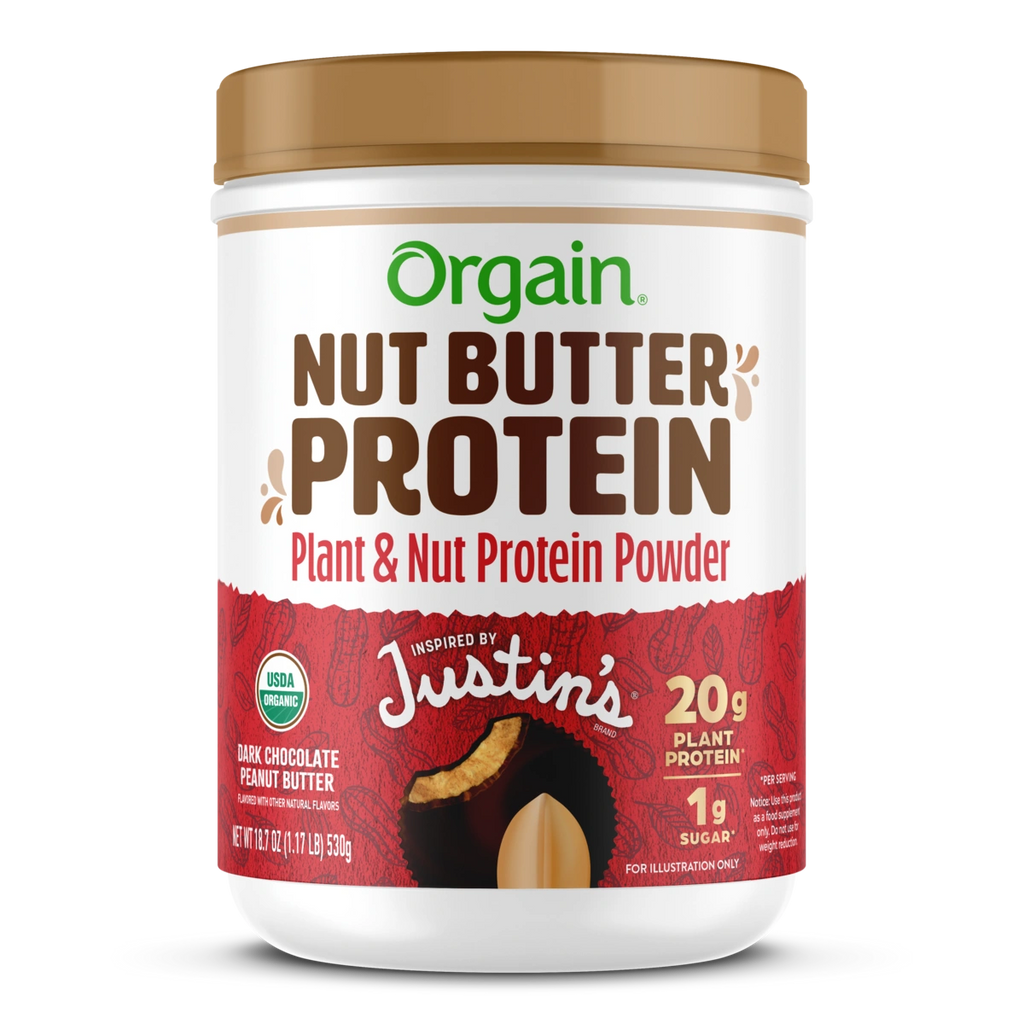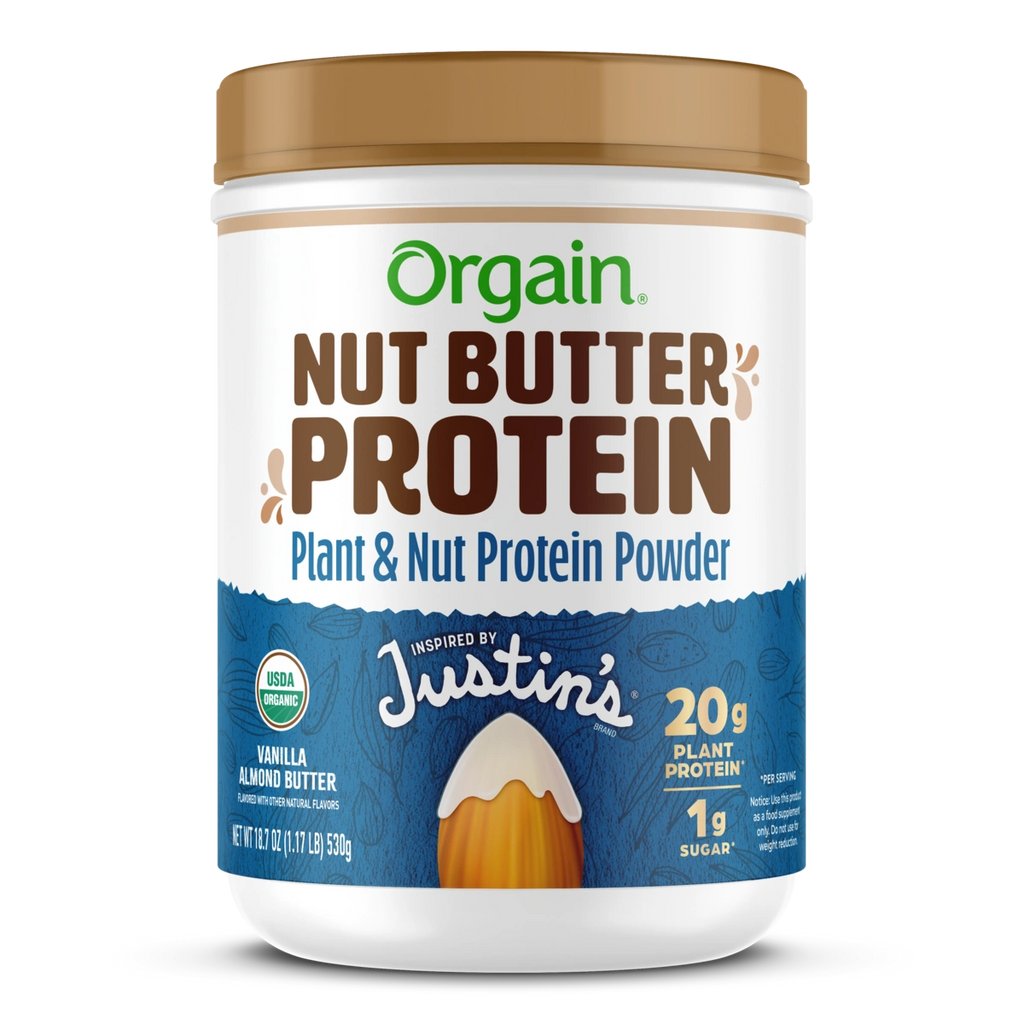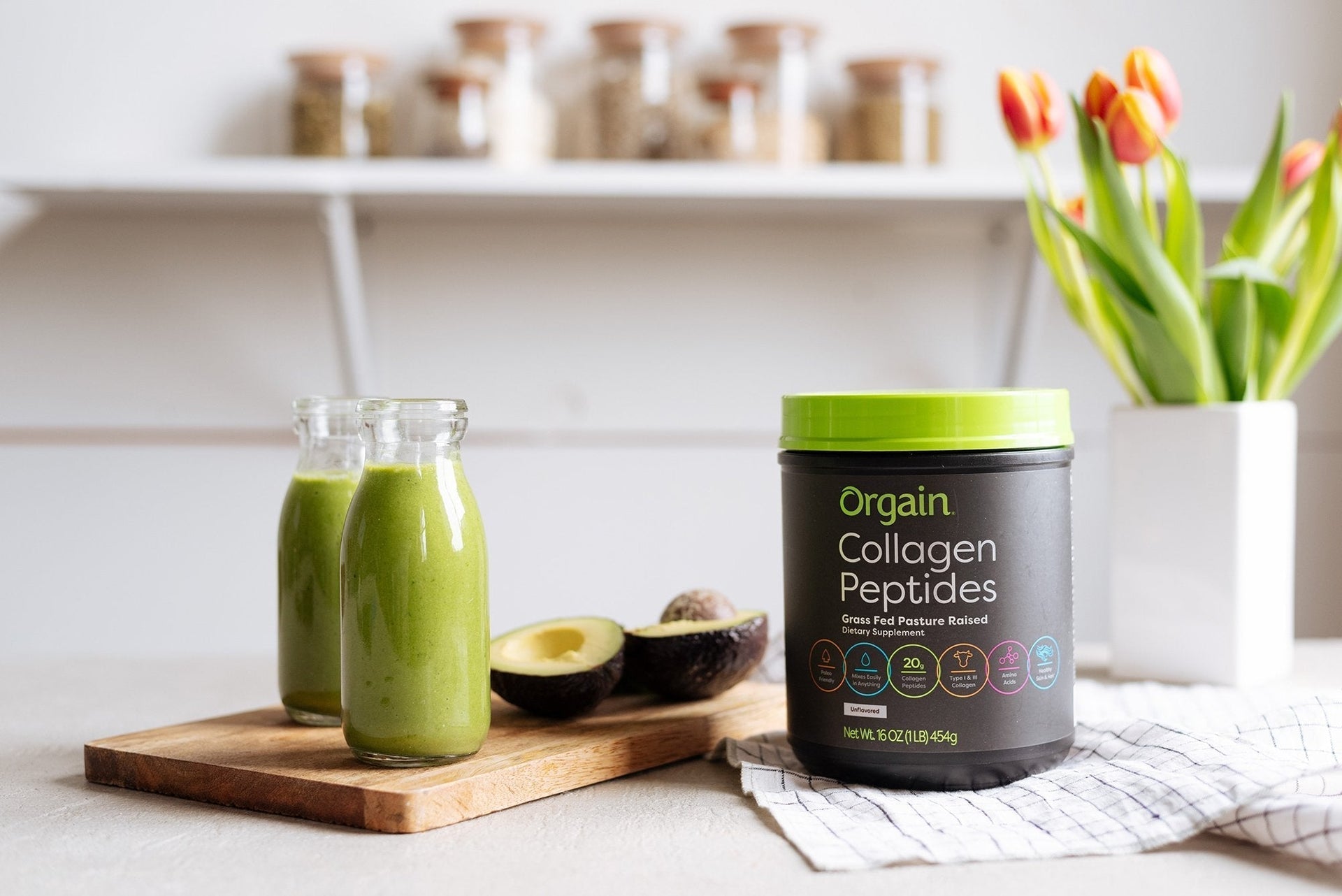If you find that you don’t feel the best after consuming a glass of regular dairy (cow’s) milk, you’re not alone.
As much as some people love dairy products, dairy products don’t always love them back; an estimated 65 percent of the global population is lactose intolerant, meaning that they have a diminished ability to digest lactose, a sugar found in milk and other dairy products, after infancy. Other people adhere to plant-based diets and do not consume animal products for many different reasons.
With so many people turning away from traditional cow’s milk, many alternatives have sprung up over recent years. One of the most popular alternative milks over the past decade is almond milk, but what does almond milk taste like?
We’ve put together a taste testing guide to alternative milks in order to help you find the best option for you and your family.
Almond Milk
One of the most popular types of alternative milks is almond milk. Although some people might think that almond milk is derived from almonds that are pressed to extract milk, in fact, almond milk is composed of a mix of ground almonds and water.
Nutrients
Almond milk contains all of the vitamins and minerals that are naturally found in almonds, including vitamin E, iron, phosphorus, and calcium, and it is much lower in calories, carbohydrates, and fat compared to cow’s milk. Almond milk does lack the protein of traditional dairy milk, but it can be combined with protein powders made without dairy to create a delicious protein shake.
Texture
One of the biggest complaints about non-dairy milk is that the texture can sometimes be watery and that creamy feeling associated with cow’s milk is often missing. However, this is not the case with almond milk. Almond milk is creamy and smooth, much like the texture of cow’s milk. As a result, it’s pleasant to drink on its own or mix into a latte or other beverage. There are differences in texture from brand to brand, so it’s recommended that you try several different brands if the first one doesn’t wow you.
Taste
Almond milk is available in both sweetened and unsweetened varieties. Compared to regular milk, even the unsweetened variety is noticeably sweet and has a hint of that nutty almond taste. The natural sweetness of almond milk means that it is delicious when used to create a protein shake or eat unsweetened cereal. However, it may be overwhelming when combined with a sugary cereal or when consumed by people who prefer their milk to taste more like cow’s milk. Sweetened versions of almond milk are naturally sweeter, of course, and take on the flavor noted on the label. Common flavors for almond milk include vanilla, chocolate, honey vanilla, and more.
Oat Milk
Another recent newcomer on the scene is oat milk. People who love the taste of regular milk and are looking for the closest possible non-dairy replica are likely to find that they enjoy the taste and texture of oat milk. Oat milk is produced in a way that is similar to almond milk: gluten-free oats get soaked in water and are then processed in a blender or food processor. The mixture is then strained to produce oat milk. It’s even possible to make your own oat milk at home!
Nutrients
Oat milk is not as naturally nutritious as whole oats, so it is usually fortified with nutrients. Most types of commercial oat milk are fortified with vitamin A, vitamin D, vitamin B2, vitamin B12, calcium, and potassium. It’s important to note that if you choose to make your own oat milk at home, you’ll be missing out on these fortified nutrients since they are typically added by the manufacturer during the production process. Oat milk typically contains about 120 calories, 5 grams of fat, 16 grams of carbohydrates, and 3 grams of protein in an 8-ounce serving.
Texture
Despite its origins, oat milk is possibly the closest in texture to that of dairy milk. Oat milk is naturally creamy yet smooth, and has a texture much like milk when being consumed on its own. The just-creamy-enough texture also makes it a natural fit for mixing into your coffee or cereal, and you can even use it to give your morning oatmeal a creamy boost.
Taste
Oat milk offers just a hint of natural sweetness, similar to dairy milk. It doesn’t have the nutty taste of almond milk, and it doesn’t require the addition of any sweeteners. For people who are looking for an alternative non-dairy milk that can be consumed on its own, in a glass, just like regular milk and are conscious of added sugars and sweeteners, oat milk is an excellent choice.
Coconut Milk
Far from being the new kid on the block like oat milk, coconut milk is one of the longest-standing non-dairy alternatives for regular milk. Coconut milk is produced by grating the flesh of the coconut (the white part inside the shell) and soaking it in hot water. After soaking, coconut cream rises to the top of the mixture, where it is skimmed off. The liquid that remains is then filtered to extract the white liquid known as coconut milk. The process can be repeated to make the milk thinner, depending on its intended purpose.
Nutrients
Coconut milk is high in fat and calories, and it should be consumed in moderation. One eight-ounce serving of pure coconut milk contains 552 calories, 57 grams of fat, 13 grams of carbohydrates, and 5 grams of protein. It’s an excellent source of a number of vitamins and minerals, including manganese, copper, magnesium, iron, selenium, potassium, vitamin C, and folate. However, the coconut milk you’re likely to buy in the store is much thinner than pure coconut milk and contains about 80 calories per 8-ounce serving, 5 grams of fat, 7 grams of carbohydrates, and little to no protein. Many coconut milk manufacturers fortify their product to add additional vitamins and minerals.
Texture
The coconut milk most people purchase in stores is of medium thickness. The creaminess and texture of coconut milk depends on how many times it has been strained. Pure coconut milk has a thick consistency and a rich, creamy texture, but it is also high in fat and calories and is primarily used in smaller amounts as an ingredient in certain sauces and dishes.
Taste
Coconut milk has a distinct taste - it tastes like coconuts! It’s naturally sweet and can be overpowering when added to certain beverages like coffee. When consumed on its own, people who love the taste of coconut will be delighted by the dessert-like taste of coconut milk.
~
Hopefully this guide has been helpful in shedding some light on the most popular non-milk milk options on the market! As delicious and nutrient-packed as many of these milks are, a lot of them unfortunately don’t match up to the protein content of dairy milk. Thankfully, any non-dairy milk is delicious when combined with Orgain’s protein powders made without dairy for a boost of extra nutrition!
Sources:
https://medlineplus.gov/genetics/condition/lactose-intolerance/#frequency
https://ods.od.nih.gov/factsheets/VitaminE-HealthProfessional/
https://www.bbcgoodfood.com/howto/guide/ingredient-focus-coconut-milk

































